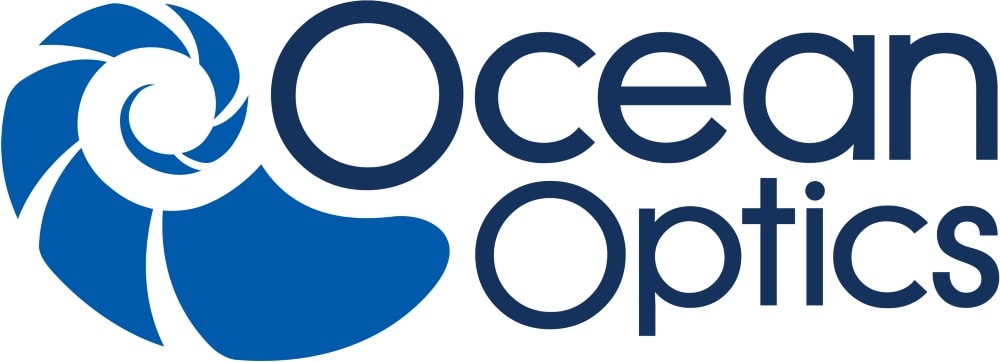Hydrophilic Interaction Liquid Chromatography (HILIC) has evolved into a powerful chromatographic technique for the retention and separation of hydrophilic neutral and polar compounds, which are often difficult to retain by Reversed-Phase Liquid Chromatography (RPLC). HILIC utilises a polar stationary phase combined with an organic/aqueous mobile phase [1], typically containing a high percentage of the organic component (~>60% acetonitrile). In HILIC, water is the strong solvent and unlike RPLC, increasing the percentage of water in the mobile phase decreases analyte retention (Figure 1).
Mechanistically HILIC is complex, involving a combination of multiple modes of interaction between the analyte, stationary phase and eluent. In HILIC, a water-enriched layer is present at the stationary phase surface, as shown in Figure 2. A minimum of ~3% water is required in the mobile phase for formation of this layer. Analyte retention is often due to a combination of partitioning of the analyte into the water-enriched layer, together with hydrogen bonding and electrostatic interactions [2-5].
When to consider HILIC
HILIC is applicable to hydrophilic analytes that are challenging to retain by RPLC. Analyte log P and log D values can provide an indication of the suitability of the analyte for retention by HILIC. Generally, if an analyte elutes before caffeine in RPLC (log P ~zero), it may be suitable for analysis by HILIC, whilst those eluting later may be better suited for RPLC.
 FIGURE 1. Solvent elution strength in HILIC mode.
FIGURE 1. Solvent elution strength in HILIC mode.




